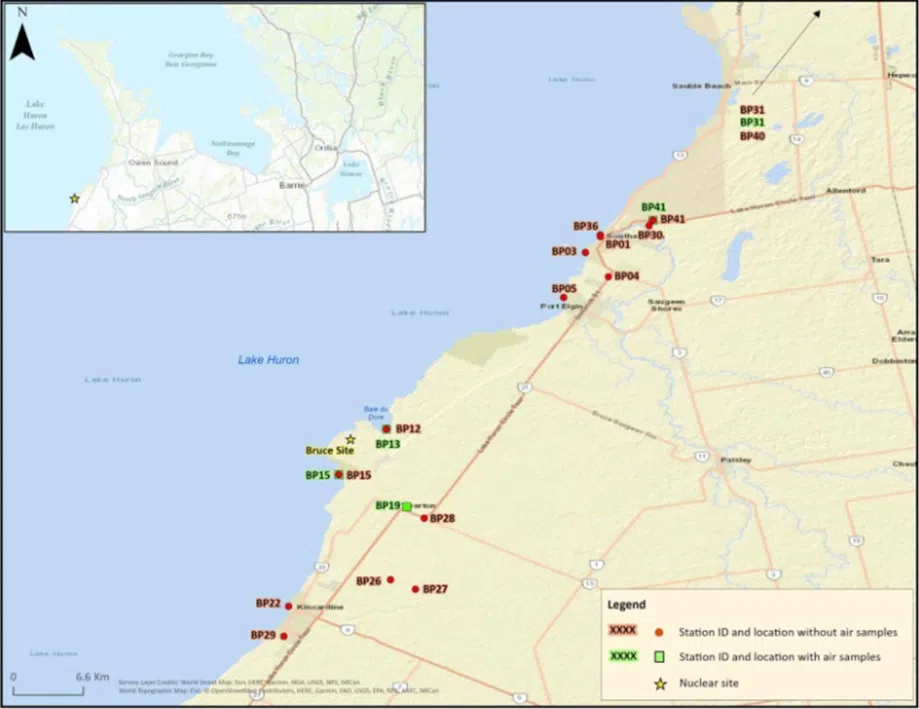Kincardine council received a presentation from the Canadian Nuclear Safety Commission about the organization’s environmental monitoring program.
David Szonyi, Environmental Program Officer from the CNSC, updated council on the Independent Environmental Monitoring Program.
The purpose of the program, Szonyi says, is to build trust in the CNSC’s regulation of the nuclear industry.
“The objective with the program is to build Indigenous and public trust in the CNSC’s regulation of the nuclear industry, via independent, technical and accessible environmental sampling program around licensed nuclear facilities,” he explained to council on Wednesday evening.
The IEMP is a five-step process that takes place throughout the year, starting with the planning phase which happens during the winter. That’s when the decisions are made for which sites to go to, and which samples are needed.
“We take into account possible local concerns, or sites of local public interest,” said Szonyi. “A good example there would be Inverhuron Provincial Park near Bruce Power.”
Samples that are taken are sent to the CNSC’s lab, where they are then analyzed and interpreted before being published on their website.
The results also get published on Open Government, which is an information portal run by the Government of Canada.
Samples taken include air, water, soil, vegetation, and from food crops of interest.
“It’s very important to note that we only sample from both public and safely accessible locations.”
Samples are analyzed for Caesium-137, radioactive iodine (I-131), and water and soil samples are assessed for cobalt, selenium, cadmium, mercury, chromium, lead, and many more elements.
Szonyi added that throughout the process, engagement is always encouraged and public input is welcomed.



